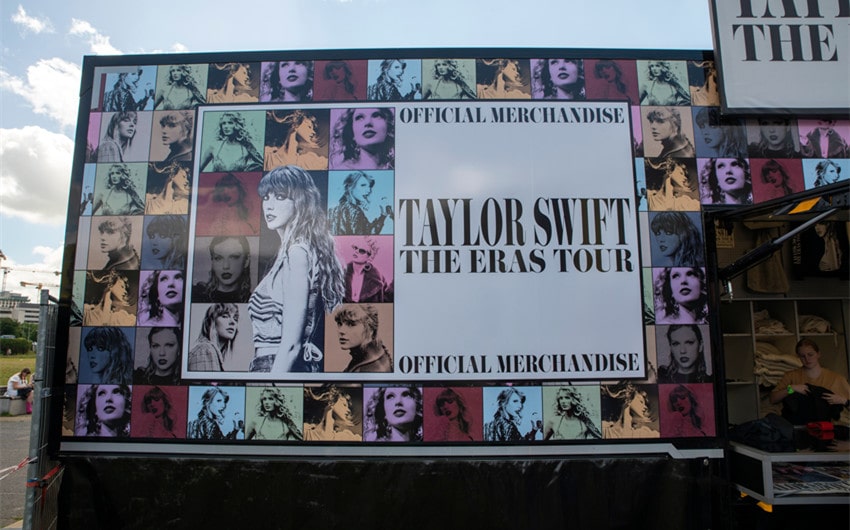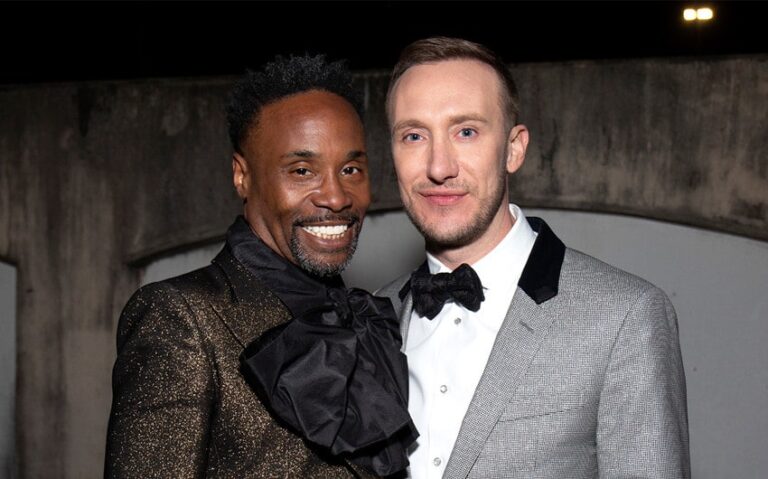6 Reasons Why Taylor Swift Tickets Are So Expensive
If you’ve found yourself staring at your screen, wide-eyed and stunned, asking, “Why are Taylor Swift tickets so expensive?”—you’re definitely not alone. With each new tour announcement, thousands of fans rush to join presale lists, brave virtual queues, and hope their bank accounts can survive the cost of one unforgettable night. But as prices skyrocket into the hundreds—or even thousands—of dollars, frustration and curiosity rise in equal measure. Why does it cost so much to see one of the world’s most beloved performers live?
From market-driven pricing models to strategic scarcity, there are multiple forces behind the soaring ticket costs. This article breaks down the six main reasons Taylor Swift tickets are so expensive, helping you understand not just the sticker shock—but the system behind it.
1. Unprecedented Demand for Taylor Swift
The most obvious reason Taylor Swift tickets are so expensive is simple: demand. Taylor Swift isn’t just a pop star—she’s a cultural phenomenon. With a career spanning over a decade, multiple genre-defining albums, and a devoted fanbase known as Swifties, every tour she announces instantly becomes a hot-ticket event.
The 2023–2024 “Eras Tour” is a prime example. It’s her first major stadium tour in years, covering all her musical “eras” from Fearless to Midnights, and it arrived on the heels of a global pandemic that left fans craving live experiences. The result? Explosive demand that overwhelmed Ticketmaster’s servers, created hours-long digital queues, and left many fans empty-handed.
Basic economics says when demand outpaces supply, prices rise. And with millions of fans worldwide competing for seats in a limited number of venues, that price pressure is enormous. In fact, for many shows, demand could fill a stadium multiple times over, making even nosebleed seats feel like gold.
2. Dynamic Pricing Models and Surge Strategies
Another key factor behind the high prices is the use of dynamic pricing. This strategy, used by companies like Ticketmaster, adjusts ticket prices in real time based on demand—similar to how airlines and hotels operate.
If a Taylor Swift show sees massive interest, the system automatically increases the price of tickets, even for standard seats. That $199 ticket can easily turn into $400 or $500 before your eyes, not because it’s a VIP seat, but because the demand says people will pay it.
This model has drawn sharp criticism. Many fans feel it’s exploitative, rewarding bots and resellers while punishing real fans. Ticketmaster defends the strategy by saying it allows more revenue to go directly to the artist instead of resellers—but in practice, it feels like a bidding war for the average buyer.
Even more controversial are “Official Platinum” tickets. These are not special seats, but they’re sold at premium prices simply because demand is high. It’s a way for venues and sellers to extract the maximum possible price from fans who are desperate not to miss out.
3. High Production and Touring Costs
While ticketing practices and demand are major contributors, there’s also the fact that Taylor Swift tours are massive productions. When you buy a ticket, you’re not just paying for music—you’re paying for an immersive, multi-sensory experience that rivals a Broadway show.
Swift’s concerts often include elaborate stage designs, pyrotechnics, custom lighting, multiple costume changes, and large dance ensembles. The logistics of moving all this from city to city involve hundreds of crew members, tons of equipment, and extensive rehearsals.
The Eras Tour, in particular, is one of the most visually and emotionally ambitious shows in recent history. Each era comes with its own set design, styling, and transitions. The amount of planning and coordination required is immense—and expensive.
So, while ticket prices may seem high, part of that cost goes directly toward creating a show that’s memorable, theatrical, and well worth the wait for many fans. Swift isn’t cutting corners, and that premium experience is built into the price.
4. Service Fees and Hidden Charges
Even if you manage to snag a reasonably priced ticket, you’ll often face an unpleasant surprise at checkout: service fees. Ticketing platforms like Ticketmaster and Live Nation regularly tack on convenience fees, facility charges, and processing costs that can add anywhere from 20% to 40% to the base ticket price.
For example, a $200 ticket might end up costing you $260 or more after fees. And what do these fees cover? Some go toward the platform’s operational costs, while others are simply revenue streams for the ticketing company, venue, or promoters. These fees are rarely transparent, and many consumers feel blindsided by them at checkout.
In some cases, the fees can be higher than the actual ticket, especially on resale platforms where additional charges are layered on top. The lack of standardization and transparency around these fees continues to fuel criticism and calls for ticketing reform.
5. The Resale and Scalping Economy
One of the biggest drivers of expensive Taylor Swift tickets is the resale market. Scalpers and ticket bots routinely snatch up seats the moment they become available—sometimes within seconds of the sale opening. These tickets then appear almost instantly on secondary markets like StubHub, SeatGeek, or even Ticketmaster’s own resale platform, often at inflated prices.
This artificial scarcity pushes prices sky-high. Resellers understand the emotional value of seeing Taylor Swift live and bank on fans being willing to pay a premium rather than miss out. What’s frustrating is that many of these tickets are listed even before real fans had a chance to access them during presales.
While artists like Swift have tried to implement Verified Fan programs and use dynamic pricing to combat scalping, the problem persists. It creates an uneven playing field and leaves fans competing against algorithms, bots, and profit-driven sellers.
Government regulators and consumer advocates have called for better oversight, but as of now, the resale economy remains a dominant force in why Taylor Swift tickets are so expensive.
6. Limited Tour Dates and Strategic Scarcity
Taylor Swift doesn’t tour constantly, and when she does, her shows are selective. While the Eras Tour covers dozens of cities, it’s still limited compared to global demand. She may not hit every country or even every major U.S. market, which drives more fans to travel or compete for the same few dates.
This scarcity increases ticket value. Fans are willing to go further, pay more, and do whatever it takes to attend one of the few available performances. It’s basic supply and demand again—but also a strategic move. By limiting access, the perceived value of each ticket rises.
Additionally, some speculate that limiting ticket drops and staggering sales helps build hype and maximize media buzz. When scarcity meets anticipation, prices tend to spike—and fans, desperate not to miss out, pay the price.
Is It Worth the Cost?
While the reasons behind the high ticket prices are largely economic and logistical, the emotional side of the story can’t be ignored. For many fans, seeing Taylor Swift live is more than a concert—it’s a meaningful, emotional, even life-affirming experience. Her storytelling, connection with her audience, and theatrical performance style make her shows unforgettable.
Some fans start saving months in advance or treat the concert as a major life event. They create custom outfits, camp out online for tickets, and form tight communities in line and online. These shared experiences make the cost feel worthwhile for many—despite the financial strain.
Still, not everyone can justify or afford the expense. Many are left watching from afar, turning to TikTok clips, livestreams, or hoping for a future opportunity. The emotional divide between those who can attend and those priced out is real—and growing with each tour.
Ultimately, whether it’s “worth it” comes down to personal values, budget, and how much a Taylor Swift concert means to you. But one thing is clear: as long as her demand keeps rising and the current systems stay in place, the price of seeing Taylor Swift live will likely stay sky-high.







